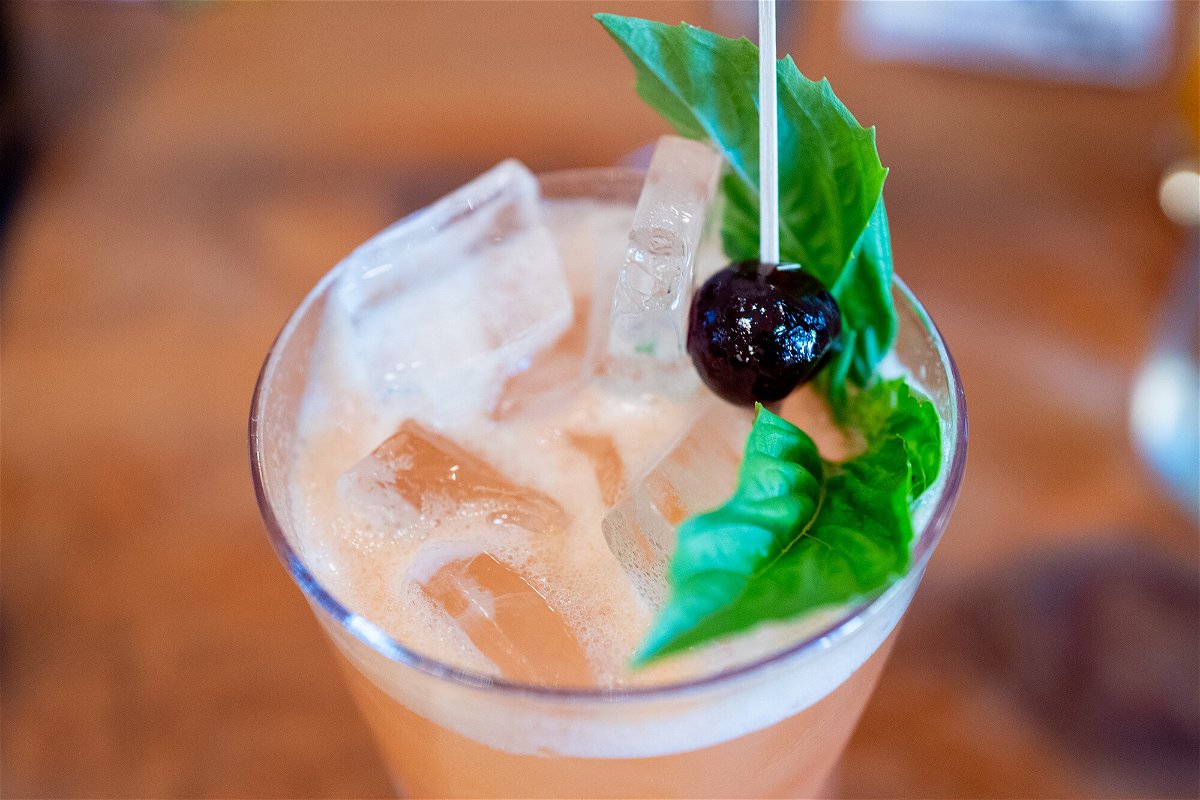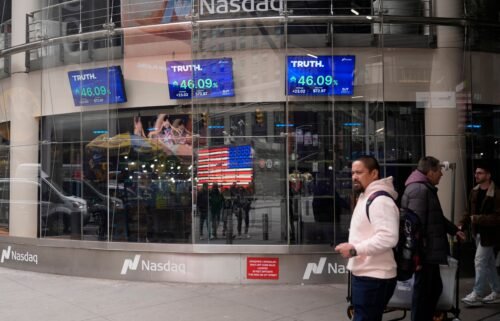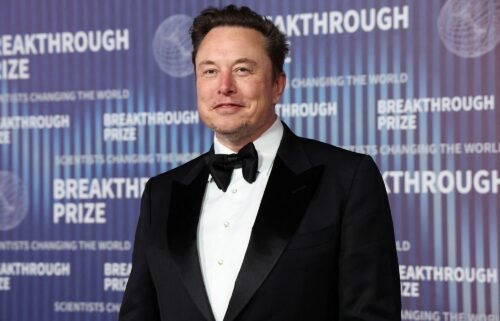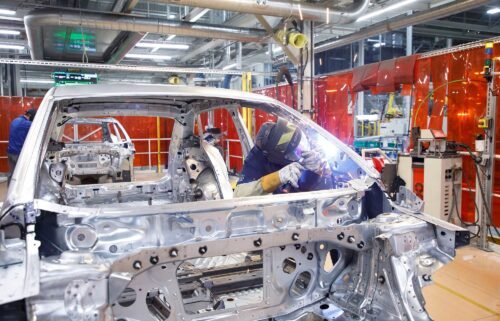Dry January was more popular than ever. That’s good news for the alcohol industry

Pink Elephant mocktail or alcohol-free cocktail made with guava juice at Alley and Vine
By Jordan Valinsky, CNN Business
More people than ever participated in Dry January this year, but they didn’t totally ditch the bottle.
According to surveys from CGA, a food and drink research firm, 35% of legal-aged US adults skipped alcohol for the entire month — a trend that’s growing in popularity as drinkers look to reset their bodies in the New Year. That’s an increase from the previous high of 21% who completed Dry January in 2019.
Participants credited their commitment to a growing selection of non-alcoholic offerings and mocktails that made it “easier to forego alcohol while not making social sacrifices,” CGA said Wednesday. Those options were some of the most popular choices with about 30% of consumers drinking non-alcoholic beer (up from 5% in 2019) and 23% choosing mocktails (up from 7% in 2019.)
Alcoholic-free wines and spirits also experienced a jump in popularity. “Curiosity beyond a traditional mocktail indicates that there are more high-quality options available with compelling flavor profiles that can stand on their own,” CGA said.
The selection of new options is boosting bars and restaurants’ bottom lines, adding $295 million in revenue industry-wide by attracting customers who may have otherwise shied away from going out.
And customers like what they’re drinking. About 75% of those surveyed by CGA said they would continue drinking alcohol-free beer, spirits and mocktails, and 64% planned to stick with alcohol-free wine.
“This is positive news for emerging brands in the non-alcoholic ‘better for you’ space and highlights the opportunity for suppliers to introduce non-alcoholic brand extensions that keep consumers engaged with their brand family,” CGA said.
Big brands have taken notice. A flurry of non-alcoholic options have appeared on shelves in recent years in response to the growing trend, from such brands as Budweiser, Heineken and Guinness owner Diageo.
“Low- and no-alcohol variations have also been a key subcategory in recent years, linking into health trends. People want to make healthier choices, but they don’t want to miss out on their favorite treats,” wrote Elliott Maddison, beverage analyst at GlobalData, in a note Wednesday. “Heineken’s 0.0 brand, which experienced growth above 30%, has been reaping the benefits.”
Although the sector is growing, however, it remains small. NielsenIQ recently said that retail sales of non-alcoholic beer, wine, and spirits jumped 28%, to about $350 million, in 2021, making it a “relatively small” slice of the $88 billion industry.
The-CNN-Wire
™ & © 2022 Cable News Network, Inc., a WarnerMedia Company. All rights reserved.



